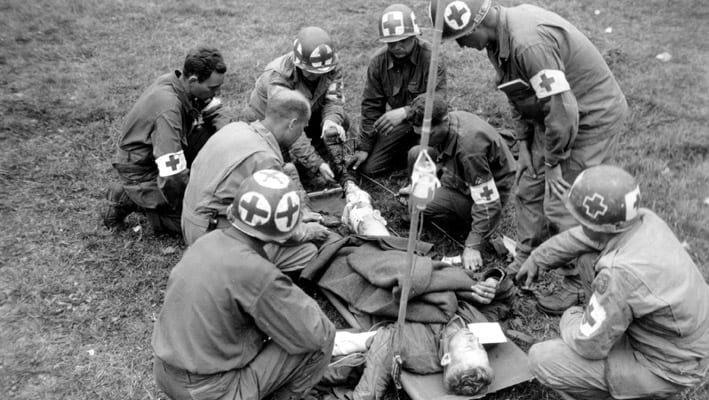A clean room is a vital addition to any facilities that carry out specialised industrial processes or scientific research, such as the manufacture of pharmaceutical items and microprocessors. Utilised by industries that require an environment with minimum pollutants (including aerosol particles, dust and microbes), every clean room varies in size and complexity.
Creating the appropriate cleanroom that is best suited to the products and processes in-hand is crucial, especially in the medical, pharmaceutical, manufacturing, technological and food and drink industries.
Used extensively in the biotech and medical device industries, clean rooms are also instrumental in selected process manufacturing in the aerospace, military and optics sectors.
Origins of clean rooms
The clean room was invented in the 1960s by Willis Whitfield – an American physicist. An employee of the Sandia National Laboratories, he drew up his initial plans in 1960 to eradicate the problems of particles and unpredictable airflows in sterile environments.
His design created a clean room with a highly-filtered, consistent air flow to eradicate impurities. His modern and efficient clean room was a huge success and within a few years, more than $50 billion sales had been generated worldwide.
The principle is still used today, with further developments taking place over the years to produce the modern 21st century clean room.
How they work
Clean rooms are used in almost every industry in which small particles will have a negative impact on the manufacturing processes. A clean room’s cleanliness is quantified by how many particles per cubic metre are in the air.
In a typical urban area, the ambient outdoor air contains 35 million particles in each cubic metre. In comparison, a typical clean room permits just 12 particles per cubic metre.
The clean room uses a High Efficiency Particulate Air (HEPA) filter, which traps particles of 0.3 micron and larger. The air that is delivered to the clean room must pass through the HEPA filter. In some instances, the clean room will use Ultra Low Particulate Air (ULPA) filters for an even more stringent performance.
Contamination control
Personnel working in clean rooms are fully trained in contamination control theory, entering and leaving the clean room via airlocks, gowning rooms and air showers. They are also required to wear special clothing that will trap contaminants generated by the skin and the body.
Depending on the clean room’s function or classification, they may be required to wear basic gowning, such as lab coats and hairnets, or extensive protective clothing, including multiple-layered safety suits containing breathing apparatus.
The special clean room is of a type that won’t release particles or fibres to prevent the personnel from contaminating the environment. This is particularly important in the semiconductor and pharmaceutical industries, as this type of contamination could degrade product performance, or cause cross-infection between patients and medical staff in the healthcare sector.
Appropriate design
The proper design for a clean room encompasses the whole air distribution system, including making provision for downstream air returns.
1COLD can design and construct clean rooms in a wide range of sizes and for many different uses, in line with our clients’ bespoke specifications. Give us a call today on 01564 702 269 and our professional team will be happy to offer you any further assistance.




